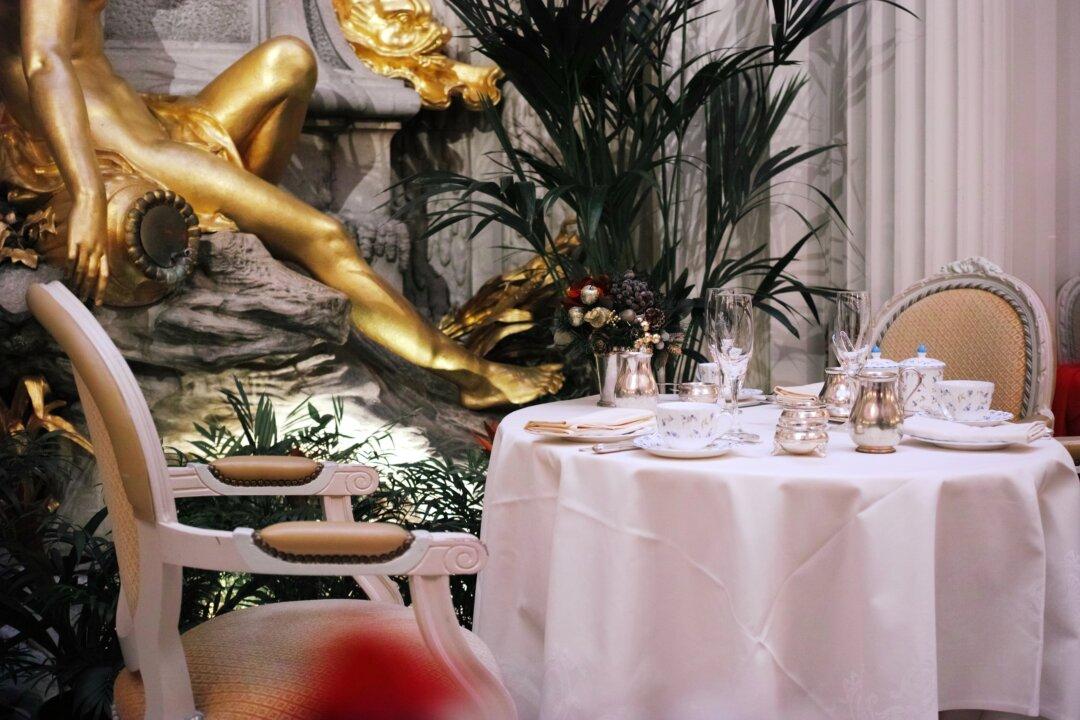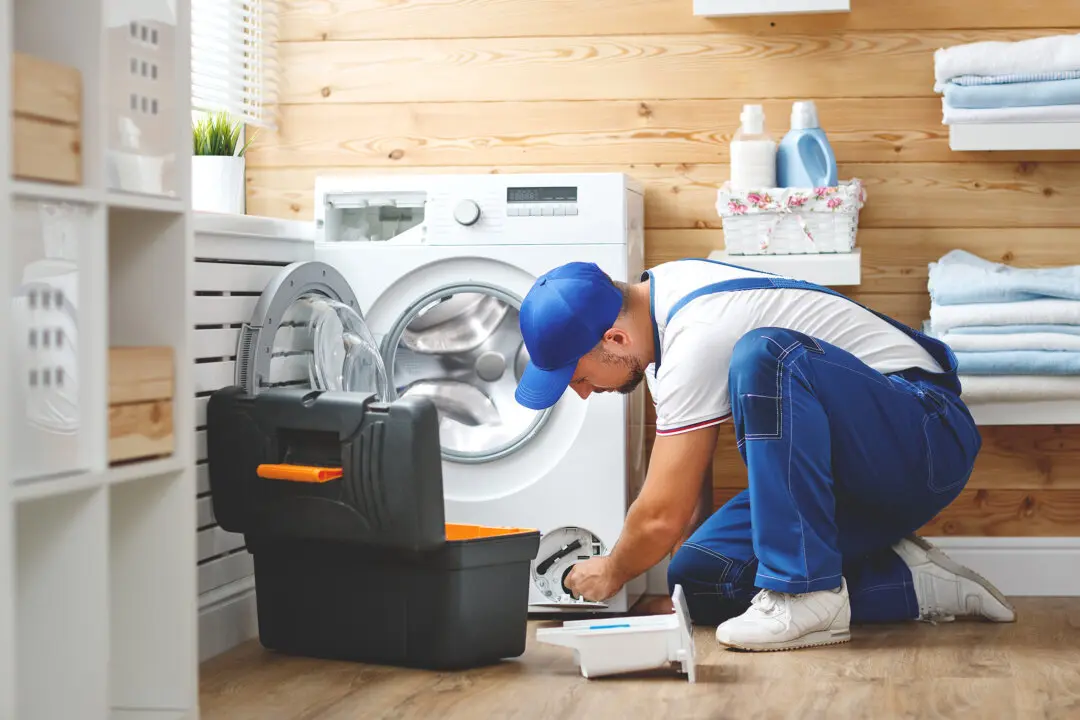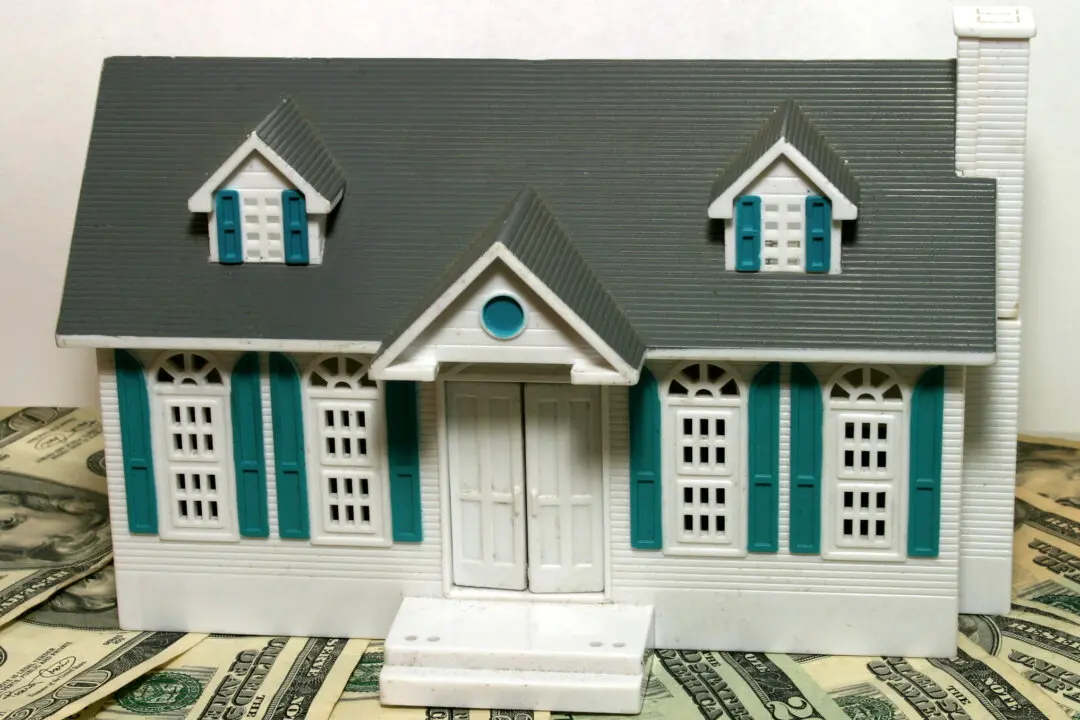By George Hobica
From Tribune News Service
Afternoon tea in London—whether at a posh hotel such as the Ritz or the Savoy or in a department store like Harrods or Fortnum & Mason—is a special occasion treat for visitors and locals alike. It’s not an inexpensive affair, as you’ll be sitting in elegant surroundings, perhaps dressed up a bit. The freshly baked scones with clotted cream and strawberry jam, the traditional dainty crustless sandwiches, the cakes and pastries are so popular at some venues that you'll need to book well in advance.






